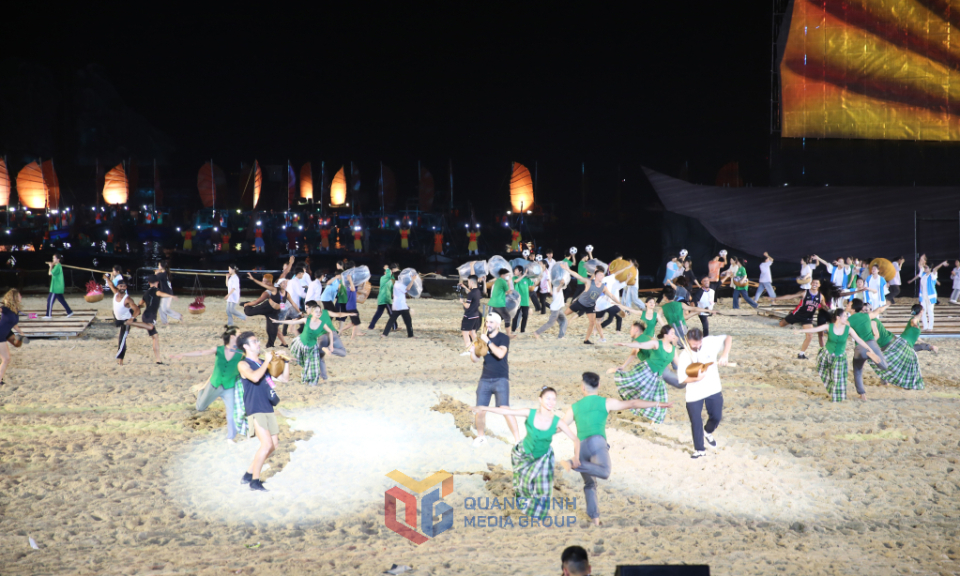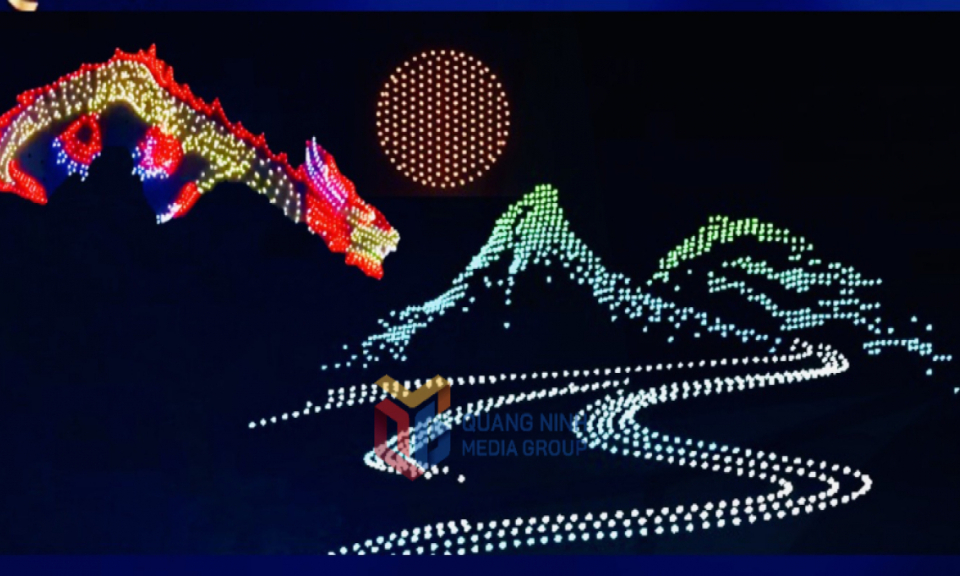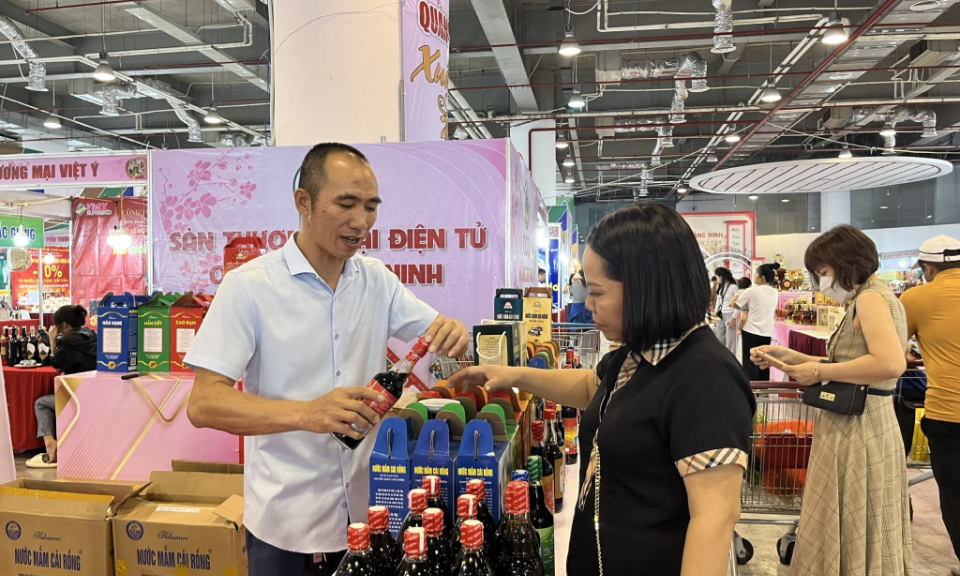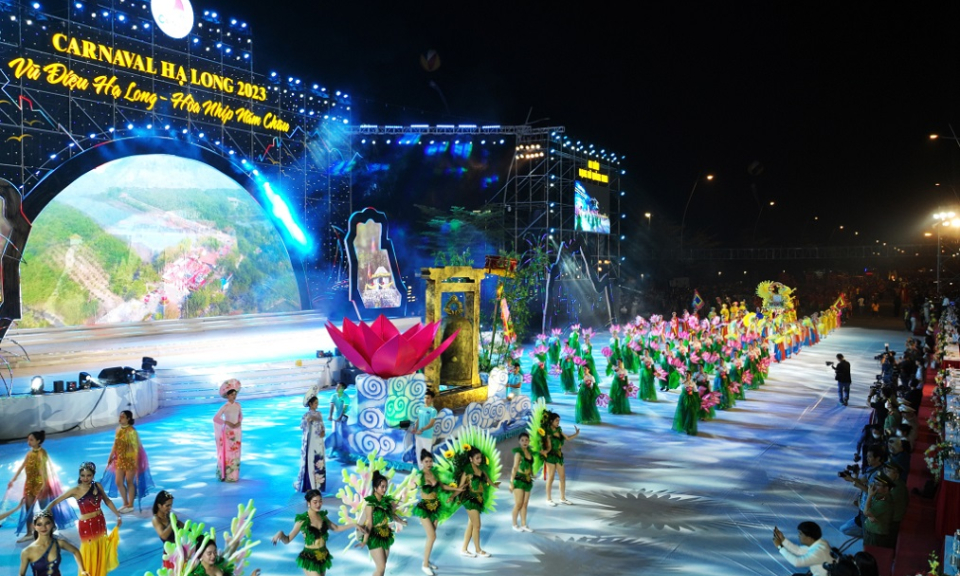Religion, Poulation, and Enthnic
Religion
Quang Ninh has a long term culture. Ha Long culture recorded in history as an evolutionary landmark of the Vietnamese.
Like other localities, Quang Ninh people follow some religions and beliefs such as Buddhism, Christianity, ancestor worship and some other beliefs. Buddhism appeared quite early in this area.
Before the King Tran Thai Tong (1225 – 1258) followed Buddhism on Yen Tu mountain, many generations of true Buddhists had practised the religion there. The King Tran Nhan Tong (1279-1293) left home and became a monk on Yen Tu mountain where he founded the Truc Lam Zen Sect in Vietnam. In the 14th century, Yen Tu and Quynh Lam area (Dong Trieu) was the center of Buddhism Vietnam where gave training for monks nationwide. Many centuries later, Buddhism continued developing in Quang Ninh with hundreds of pagodas, of which there were some famous pagodas namely Lôi Âm pagoda, Long Tiên pagoda (Hạ Long), Linh Khánh (Tra Co), Hồ Thiên (Đông Triều), Linh Quang (Quan Lạn) and so on.
 |
|
Photo: QNP |
The number of people respecting other religion is not as many as that of Buddhism followers. There are twenty-seven Christianity churches of nine regions belonged to forty-one parishes in eight districts, towns and cities. The number of Christianity people is about ten thousands ones. The number of Caodaiists (belong to Cao Đài religion) is under 100 people. The most popular belief in Quang Ninh is ancestor worship, worship of Tran dynasty heroes and worship of other deities.
Population
According to the result of General Census of Population and Housing in 2009, the population of the province is reported to be 1,144,381 people, in which the female population was 558. 793 people; the proportion of urban population in the province has been ranked third nationally (behind Ho Chi Minh City and Da Nang), urban population was 575,939 people (proportion 50.3 percent) and rural population was 568,442 people. The rate of population growth rate is also higher, the average from 1999 to 2009 was 1.3 percent (as against the national average of 1.2 percent).
Quang Ninh’s population has several noticable features. “Young population” is considered the first feature. The rate of children under 15 years old accounts for 37.6%, the rate of old people over 60 years old (for men) and over 55 years old (for women) is 7.1%. The rate of children under the working age is up to 45% in mountainous districts. The second typical feature is that the number of male (50.9%) is more than that of female (49.1%). This rate is even higher the national one in some mining towns, for example in Cẩm Phả, male 53.2% and female 46.8%
|
Photo: QNP |
Ethnic groups .
Ethnologically, Quảng Ninh is made up of 22 ethnic groups, but only 6 have a population of over 1,000. These groups live in their own communities, and have their own dialects and particular ethnic features.
They include the Viet (Kinh), Dao, Tay, San Diu, San Chi and Hoa. After these, there are two enthnic groups with populations of several hundred: the Nung and Muong. The remaining 14 have populations of less than 100: the Thai, Khmer, Hre, H’Mong, E De, Co Tu, Gia Rai, Ngai, Xo Dang, Co Ho, Ha Nhi, Lao. These originate from remote centers in the Central Highlands.
|
Photo: QNP |






